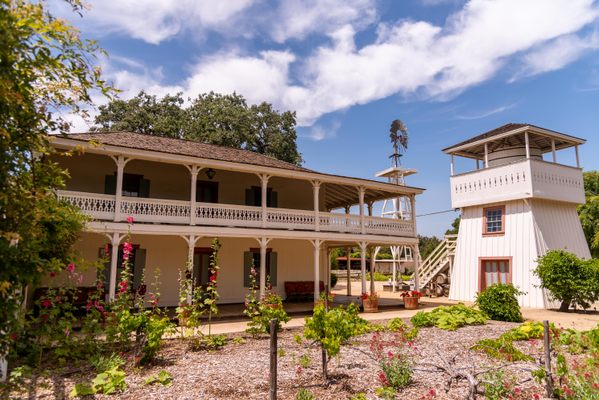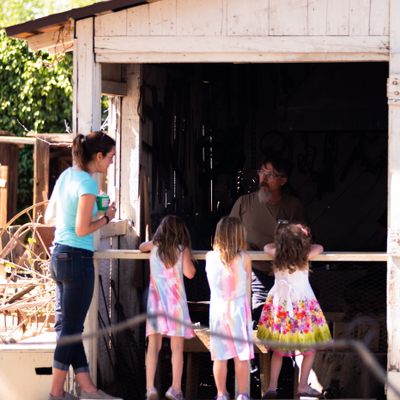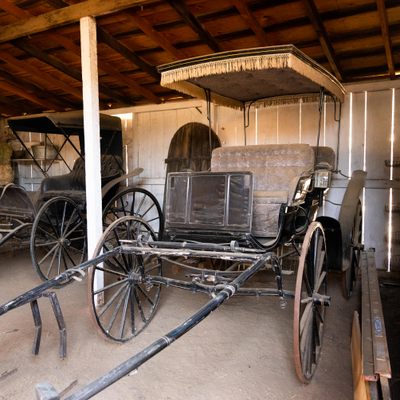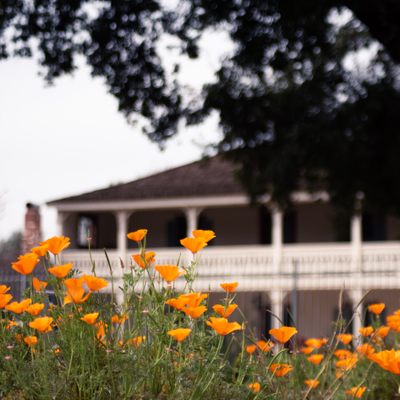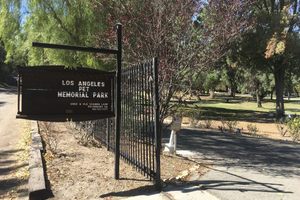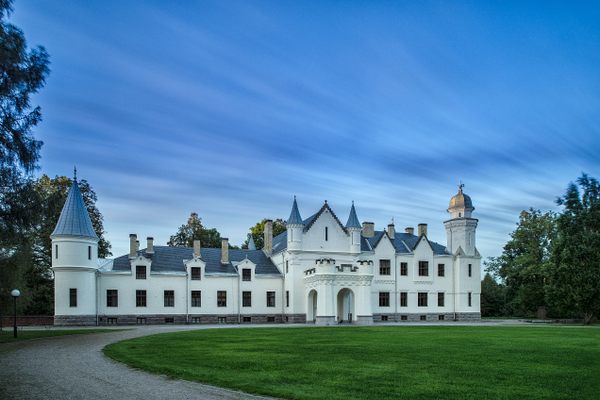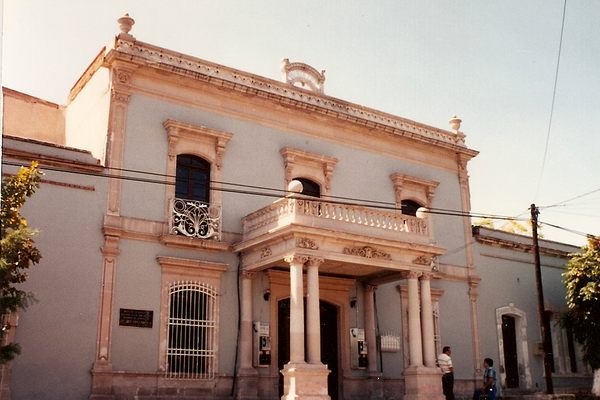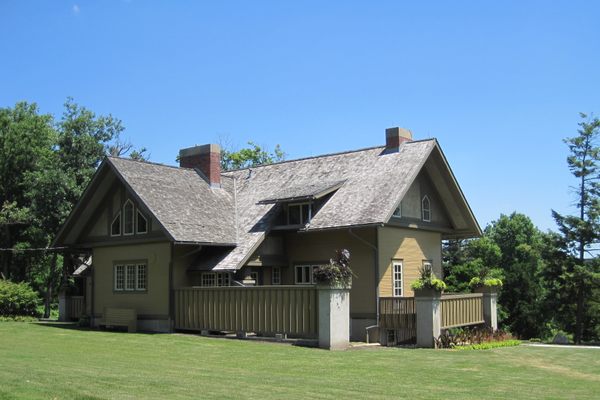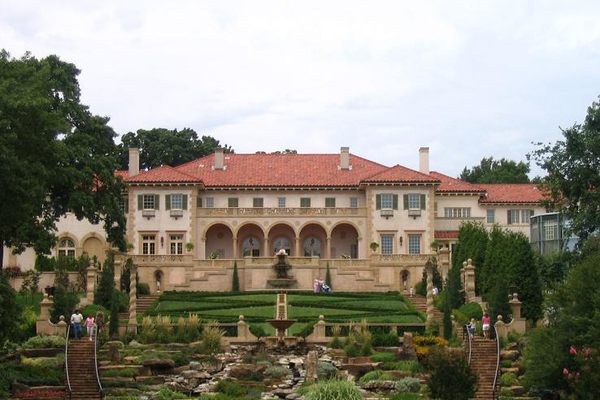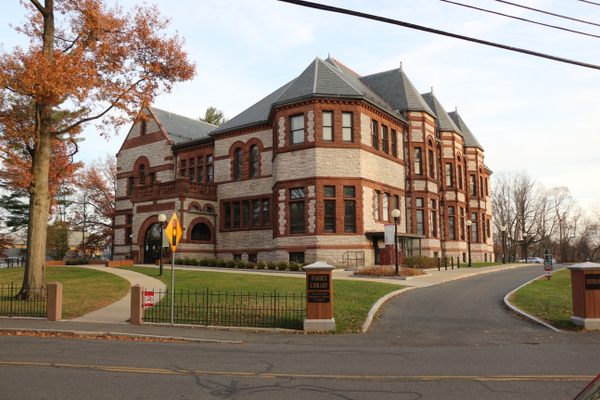About
The Leonis Adobe was built in 1844 and restored in the 1870s by Miguel Leonis and his common-law wife, Espiritu Chujilla. Before she met Leonis, Espiritu owned half of Rancho El Escorpion in her own right (the property had belonged to her father.) Leonis was a member of the oft-forgotten old Frenchtown and a power-player in early Los Angeles society. He was known as "El Basco Grande," or the Big Basque, and the "King of Calabasas," both for his reportedly imposing stature and his impressive landholdings. He held almost 11,000 acres of land across the Valley in addition to land in Santa Barbara, Elizabeth Lake, and downtown Los Angeles.
After Leonis's death following a wagon accident in 1889, an almost 16-year legal battle unfolded over his estate. Leonis left only a pittance to his wife and referred to her as his "faithful housekeeper." The rest he left to his relatives in France. Chujilla, a Spanish-speaking Chumash woman with all odds pitted against her, fought and won an unprecedented victory just prior to her death in 1906.
Juan Menendez, Chujilla's son from a prior marriage, occupied the adobe with his family until the 1920s. A succession of recognizable names followed, including the Agoures—for whom Agoura Hills is named—and actor John Carradine.
In the 1960s, the Adobe was saved from demolition at the 11th hour by some of the city’s early conservationists. The site was named Los Angeles Historic-Cultural Monument #1, saving it from the wrecking ball, and conservationist Kay Beachy purchased the property with the express purpose of creating a museum for the public.
The 1960s saw the restoration of the property to an appearance and state nearer to what the Leonises would have known. Early volunteers and board president Ray Phillips Jr. began to acquire the beginnings of the museum collection, including objects owned by the family. The museum opened as a living history farm, complete with period-appropriate ranch animals, in 1966.
Today, the museum operates a school tour program, several popular annual family events, and the regional Passport 2 History institutional partner program.
Related Tags
Know Before You Go
The museum is open Friday from 1 to 4 p.m., Saturday from 10 a.m. to 4 p.m., and Sunday from 1 to 4 p.m. Parking is free to museum visitors. Be mindful of the Saturday farmer's market—it's crowded.
Community Contributors
Added By
Published
July 4, 2019
